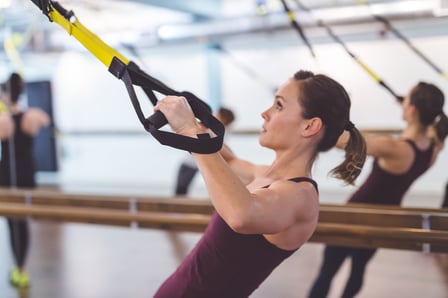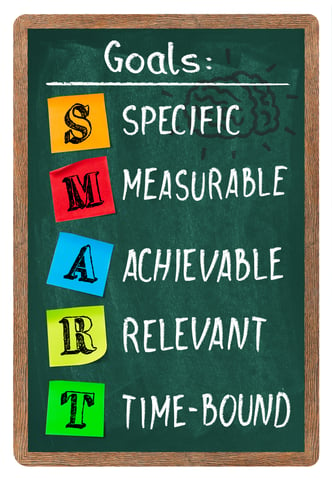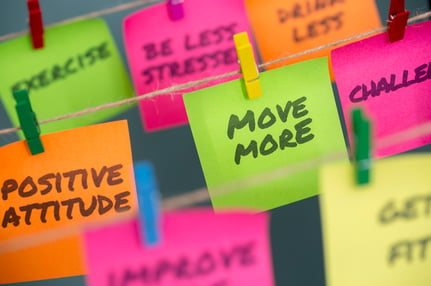 Setting a routine requires a blend of creativity, discipline, and intentional planning. A healthy routine aligns with your long-term goals and fosters self-fulfillment. To build a lasting routine, start by envisioning your happiest and most successful self. What does your ideal day look like? How do you feel? Who are you with? Visualizing this future can provide clarity and inspire you to take action.
Setting a routine requires a blend of creativity, discipline, and intentional planning. A healthy routine aligns with your long-term goals and fosters self-fulfillment. To build a lasting routine, start by envisioning your happiest and most successful self. What does your ideal day look like? How do you feel? Who are you with? Visualizing this future can provide clarity and inspire you to take action.
Envision Your Best Self
Begin by imagining where you want to be—not just physically, but emotionally and mentally. Consider the actions you’d be taking, the environment you’re in, and the people surrounding you. Connect an emotion to this vision. For example, if you want to feel energized and confident, let this feeling drive your goals and decisions.
Set SMART Goals
Once you have a vision, establish goals to bring it to life. Start small with 1- or 3-month goals that are realistic and specific. For example, instead of saying, “I’ll work out more this year,” try, “I will train with resistance exercises three times a week to improve my mile run time and increase my squat weight by 5-10 lbs each month.”
Goals should be:
-
Specific: Clearly define what you want to achieve.
-
Measurable: Include metrics to track progress.
-
Achievable: Ensure they’re realistic within your current capacity.
-
Relevant: Align them with your overall vision.
-
Time-bound: Set deadlines to create urgency and accountability.
Turn Goals into Daily Actions
Break larger goals into manageable steps. Think about 1-5 actions you can take weekly to move closer to your objectives. Focus on your strengths first. If you already maintain a great sleep schedule but want to exercise more, think about how your well-rested energy can fuel consistent workouts. Building on what you’re already doing well creates momentum.
Address Barriers to Success
Identify obstacles that have previously hindered your progress. Are there environmental factors or habits that derail you? For example, if eating late prevents you from exercising, plan to eat earlier or prepare meals in advance. Sometimes small environmental changes—like placing your alarm clock across the room—can set you up for success. By anticipating challenges, you can create strategies to mitigate them and stay on track.
Celebrate Progress and Build Momentum
Tracking your achievements is essential. Whether it’s hitting a milestone or completing a daily task, take time to acknowledge your efforts. Celebrating wins—big or small—keeps you motivated and reinforces the positive behaviors that lead to long-term success.
During my work with clients ranging from 20 to 90 years old, I’ve seen how setting concise, measurable goals leads to sustainable success. Clear routines evolve into habits, and those habits become part of your lifestyle. By envisioning your success, setting goals, and addressing obstacles, you can establish a routine that supports your happiest, healthiest self.
What steps will you take today to create a healthier routine? NIFS has a program for you: We Win Together, starting January 20th. Your NIFS Coach will connect you with the right tools and resources to ditch bad habits and focus on your new self in 2025. Let’s work together to make this year your best yet!


 Have you ever started an exercise program and for whatever reason were not able to stick with it? There are many reasons that you may not be able to stick with an exercise program. It might be too hard, and you are not able to maintain the amount of work that is required. Maybe your workouts take too much time, and you are not able to fit it into your schedule. Or maybe you are not seeing the results you want. Whatever the reason that you were not able to find sustainability within your exercise program, there is always a solution. The best way I have found to find sustainability in exercise is to figure out your goals, then pick your programming, and lastly find consistency in your exercise.
Have you ever started an exercise program and for whatever reason were not able to stick with it? There are many reasons that you may not be able to stick with an exercise program. It might be too hard, and you are not able to maintain the amount of work that is required. Maybe your workouts take too much time, and you are not able to fit it into your schedule. Or maybe you are not seeing the results you want. Whatever the reason that you were not able to find sustainability within your exercise program, there is always a solution. The best way I have found to find sustainability in exercise is to figure out your goals, then pick your programming, and lastly find consistency in your exercise. 
 Think about some top goals you have. Maybe your top goal is to
Think about some top goals you have. Maybe your top goal is to 
 Where did this year go? Whether it was the best year of your life, or you’re looking forward to a fresh start in the new year, you may likely have some health and fitness goals at the top of your list of resolutions. How do you make sure they aren’t just a pipe dream? Let’s find out!
Where did this year go? Whether it was the best year of your life, or you’re looking forward to a fresh start in the new year, you may likely have some health and fitness goals at the top of your list of resolutions. How do you make sure they aren’t just a pipe dream? Let’s find out!
 Having something come up that changes your routine or throws off your groove can be frustrating or disheartening because, let’s be honest, we all have things that we want to do. Looking at this from an athlete’s point of view is a little different than that of the general public.
Having something come up that changes your routine or throws off your groove can be frustrating or disheartening because, let’s be honest, we all have things that we want to do. Looking at this from an athlete’s point of view is a little different than that of the general public.